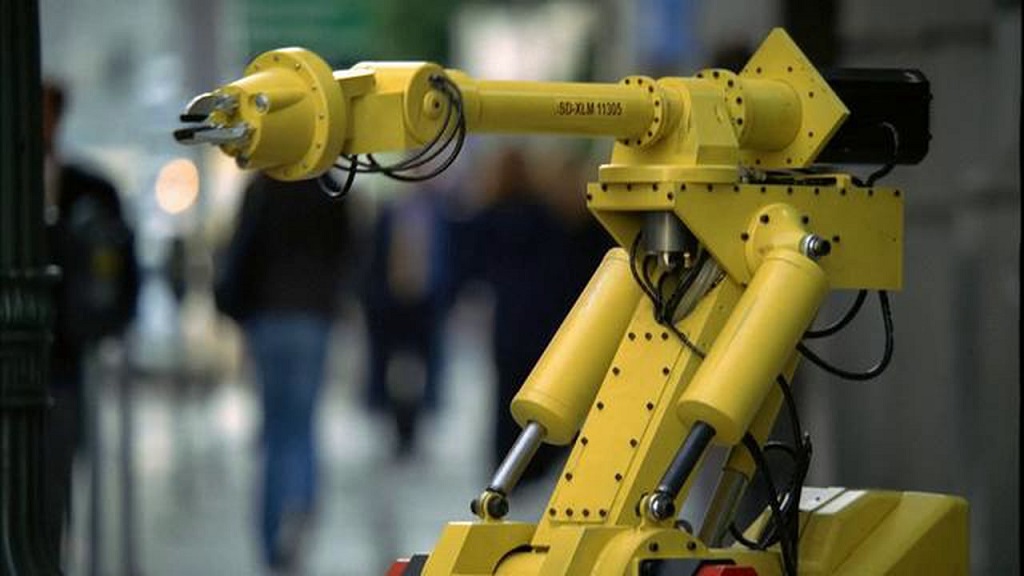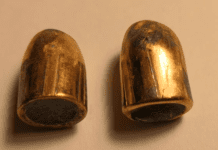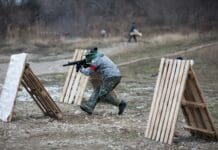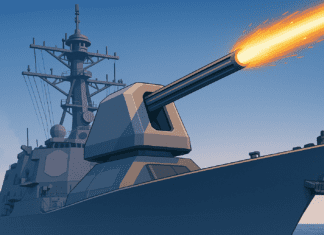This post is also available in:
 עברית (Hebrew)
עברית (Hebrew)
The U.S. military is leading the charge on ground robotics as it looks to produce an unmanned vehicle that can accompany troops moving on foot. Does Boston Dynamics’ series of robots suit the military requirements?
Last month, a sneak preview of the firm’s upgraded SpotMini robot was released as a short video.
SpotMini is the latest evolution in Boston Dynamics’ family of ambulatory (walking) robots that started with the BigDog system, developed with support from DARPA (Defense Advanced Research Projects Agency) and the U.S. Marine Corps. But Huw Williams, editor of Jane’s International Defence Review magazine, told CNBC.com that the reception from the army has been mixed.
“They can operate in a lot of terrain, but don’t have the mobility to go everywhere,” he said. “Their noise signature is an issue – battery technology isn’t where it needs to be to meet the power requirements of larger systems, so they have been powered by traditional combustion engines, which are noisy.”
Williams said the new SpotMini goes some way to addressing these issues, especially as its smaller battery pack reduces noise. But it’s unclear if the military could find a use for it. “Its size precludes it from carrying a significant load and it will likely have limited endurance at this stage,” he said. “Advances in battery tech will be a key determining factor in the success of these types of system.”
The SpotMini is 0.84 m high, it weighs 30 kg and can carry a 14 kg payload, according to the company’s website. The robot is equipped with a 3D vision system, it is all-electric and can go for about 90 minutes on a charge, depending on what it is doing. It inherits all of the mobility of its bigger brother, Spot, while adding the ability to pick up and handle objects using its 5 degree-of-freedom arm and beefed up perception sensors. The sensor suite includes stereo cameras, depth cameras, an IMU, and position/force sensors in the limbs. These sensors help with navigation and mobile manipulation.
Williams said there could still yet be a role in security tasks, such as patrolling bases and investigating potential threats or acting as an advanced scout for ground troops. He said unmanned, larger-wheeled vehicles are another U.S. military ambition as they could operate as personnel transporters or medical evacuation. Williams added that the ultimate goal of the U.S. military is to produce a “networked battlefield” with land and air resources supporting each other.


























